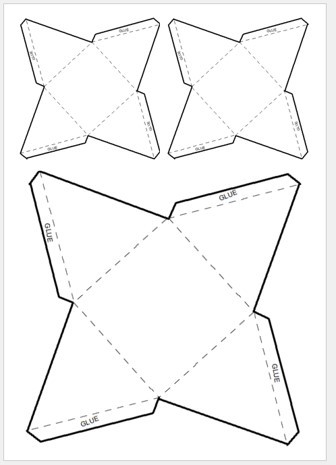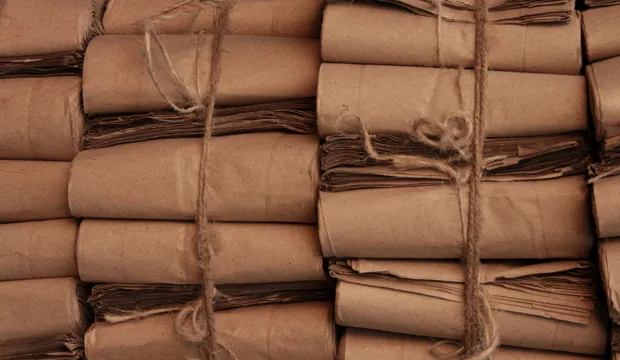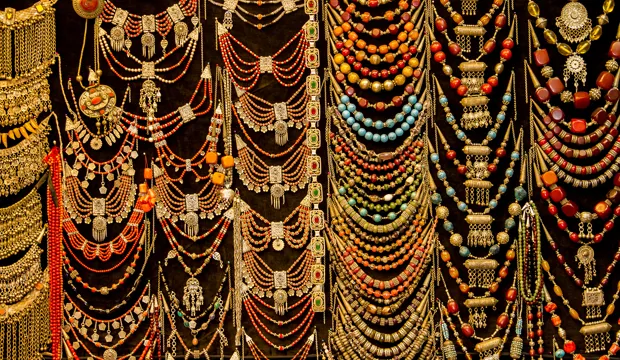
Make a pyramid
Make a pyramid out of paper and learn how to calculate its volume
In this fun STEM activity for kids, students will learn about 3D structures within a graphical project and have the opportunity to use a net to make pyramids of different sizes.
This free activity is aimed at primary school children and could be used as a main lesson activity, to teach learners about simple structures made from nets.
If you enjoy this activity, you could make papyrus to make the net shapes from too!
Activity: Make a pyramid
This is one of a set of resources developed to support the teaching of the primary national curriculum. This activity uses pyramids to teach about scale and volume and will test students’ maths abilities, as well as teach them historical facts about ancient Egypt. This resource involves building a card structure to make pyramids of various sizes.
Students will first cut out six small and one large pyramid net and assemble them. The scale of the triangle is presented in the teacher notes. Following this, learners will calculate the volume of the small and large pyramids. The scale of the larger pyramid to the smaller ones is 2:1.
Can you calculate the volume of the pyramids and determine how many small pyramids are needed to make the larger pyramid?
This activity will take around 40 to 60 minutes. Free resources and activity sheets are provided to support teachers.
What you will need
-
Glue sticks
-
Paper
-
Rulers
-
Scissors
-
Calculators
-
Sticky tack (optional)
- Make a pyramid template
Make a pyramid template

The ancient Egyptians connection
This activity is inspired by the achievements of ancient Egypt. The ancient Egyptians influenced the modern world in many ways and made important contributions to the fields of science, technology, engineering, and mathematics.
Built over 4,500 years ago, the pyramids were burial places and monuments to the Pharaohs. Pharaohs in ancient Egypt held an extremely powerful position in Egyptian society as they were thought to have been chosen by the gods. It was believed that when the pharaoh died, part of his spirit, known as the ‘Ka’, remained with his body. In order to properly care for his spirit, the king would be mummified upon death, and everything the king would need in the afterlife was buried with him, including gold vessels, jewels, furniture and offerings of food and drink. False doors, also known as ‘Ka doors’ would be painted onto the walls of the tombs to allow the pharaohs spirit to pass through to the world of the gods.
The engineering context
Engineers use nets and cards to allow them to make 3D models of buildings, structures and even products like hair dryers.
Suggested learning outcomes
This activity combines maths and design and technology. By the end of this activity students will understand how structures are made using nets and they will understand that scale refers to the proportional change in the dimensions of an object. Learners will also be able to calculate the volume of a pyramid and they will be able to make and assemble a graphic product.
Download the free activity sheet below!
All activity sheets and supporting resources are free to download and are fully editable, so you can tailor them to your students’ and your schools’ needs.
And please do share your learning highlights and final creations with us on social media @IETeducation or send them via email to IETEducation@theiet.org to be featured in our online gallery.





